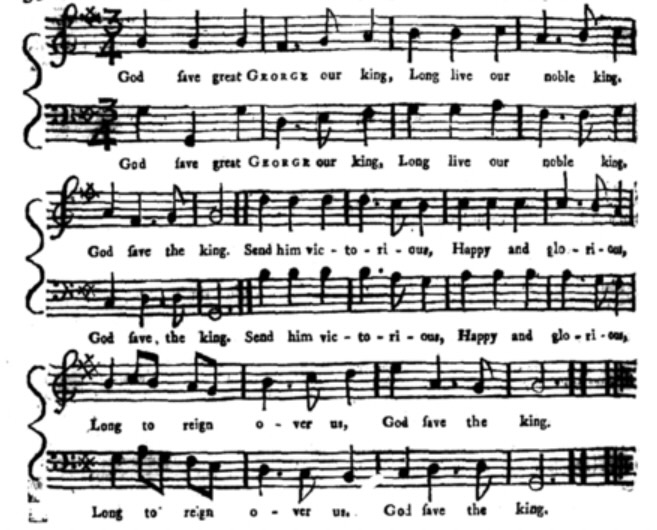This little gem was shown to me by an old friend of mine. I thought I would wait to show it after the recent King coronation ceremonies …. The story is apparently authentic (see Wikipedia)
It all began in January 1686, when Louis XIV suddenly fell ill.
It seems that he stung himself by sitting on a feather of one of the cushions that lined his carriage, triggering an abscess in the anus. It should have been incised immediately to prevent the wound from becoming infected. But the King’s doctors, terrified at the idea of laying their hands on the foundation of the monarchy, opted for an alternative, namely ointments.
These methods yielded no results.
All this lasted nearly 4 months, and the royal pains did not stop!
Suddenly, around May 15, the surgeons, green with fear, suspected the existence of a fistula. There was general panic. Finally, the lead surgeon, Félix de Tassy, decided to incise. For this purpose, he “invents” a small special knife, a real piece of gold smithery whose blade was covered with a silver screed. But it took another 5 months to make this little gem. ..
The operation took place on November 17 – without anesthesia! It will take 2 more incisions (the wound having trouble to heal) before finally, by Christmas 1686, it can declared that the King was definitely out of business… And thus put an end to the rumours that were spreading abroad, saying that Louis XIV was in agony.
As soon as the happy outcome of the intervention became known, prayers were said in the kingdom. The ladies of Saint Cyr (creation of Madame de Maintenon, the King’s morganatic wife) decided to compose a hymn to celebrate the healing of the King. The mother superior, Madame de Brinon (niece of Madame de Maintenon) then wrote some rather innocuous verses that she gave to put to music to Jean-Baptiste Lully:
Grand Dieu sauve le roi !
Longs jours à notre roi !
Vive le roi . A lui victoire,
Bonheur et gloire !
Qu’il ait un règne heureux
Et l’appui des cieux !
The young ladies of Saint Cyr took the habit of singing this little hymn of circumstance, whenever the King came to visit their school.
One day, in 1714, the composer Georg Friedrich Handel, passing through Versailles, heard this hymn, which he found so beautiful that he immediately noted its words and music. After which he went to London where he asked a clergyman, named Carrey, to translate Madame de Brinon’s little couplet for him.
The brave priest immediately complied and wrote these words that would go around the world:
God save our gracious King,
Long life our noble King,
God save the King! Send him victorious
Happy and glorious
Long to reign over us,
God save the King !
Handel thanked him and immediately went to court where he offered to the king – as his work – the song of the young ladies of Saint Cyr. Very flattered, George 1st congratulated the composer and declared that, henceforth, the “God save the King” hymn would be performed at official ceremonies.
And this is how this anthem, which seems profoundly British to us , was born from the collaboration of :
– a French woman (Mme de Brinon),
– an Italian composer (Jean-Baptiste Lully -or Lulli-), naturalised French,
– an Englishman (Carrey),
– a German (Georg Friedrich Handel -or Handel-) naturalised British, and …
– a French ar…., that of His Majesty Louis XIV.
A truly European anthem, in fact!
If Louis XIV had not accidentally caught a feather in his “backside”, what would have been the British anthem today?…

